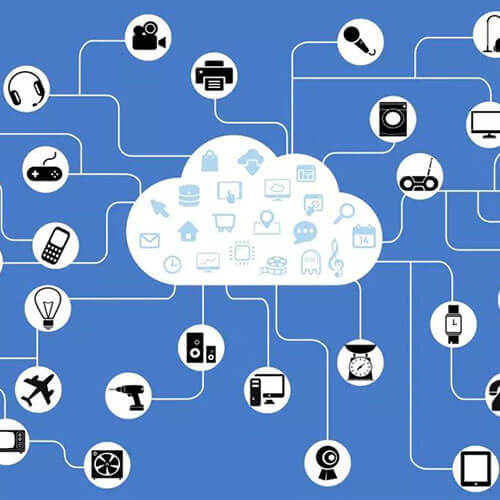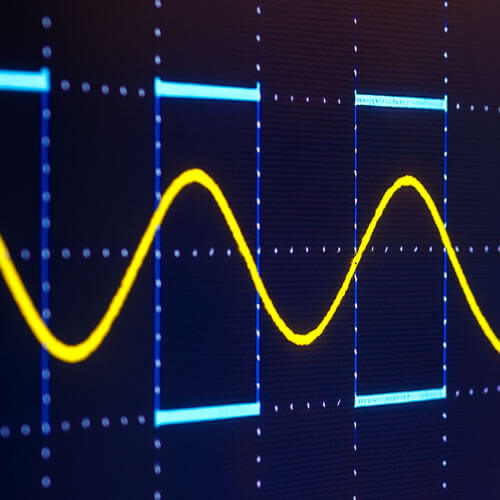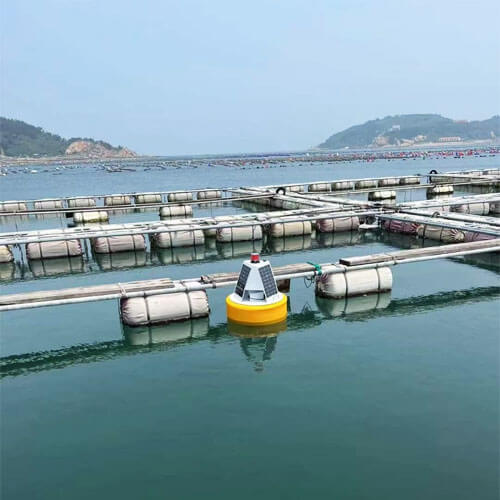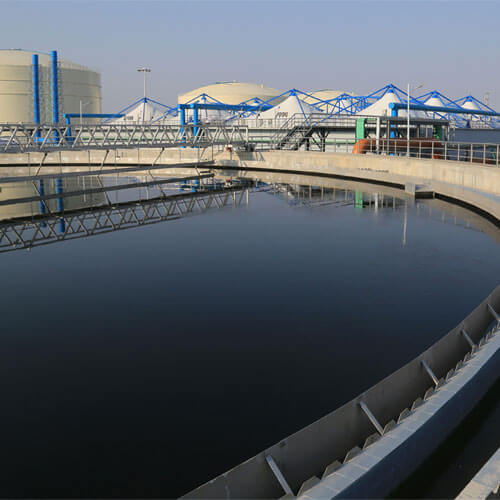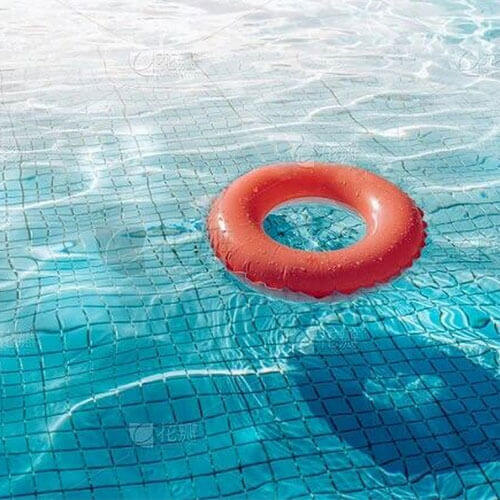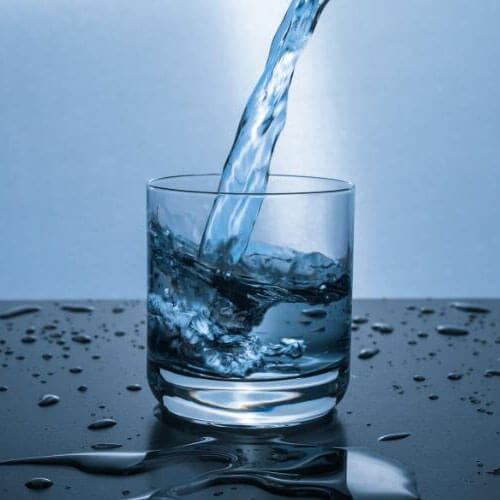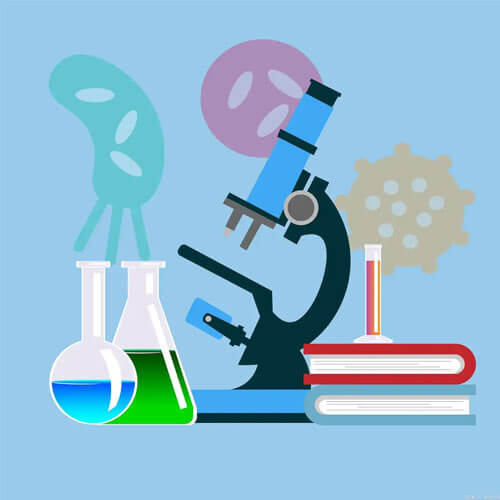What are industrial sensors and actuators?
Industrial sensors are devices that can convert physical or chemical quantities in the environment into electrical signals. They can sense and detect various parameters in the environment, such as temperature, pressure, humidity, light intensity, etc.
Industrial actuators are devices that can receive external signals and perform corresponding actions according to instructions. They can be in various forms such as motors, cylinders, valves, etc., used to drive mechanical parts to complete specific movements or operations.
Actuator video from @realpars
Industrial sensors and actuators are devices for detecting and executing actions in automated control systems. Sensors can convert detected signals into electrical signals and transmit them to controllers. Actuators convert electrical signals sent by controllers into physical quantities such as mechanical displacement, speed, force or torque, thereby realizing movements, rotations, grasping, etc. The two correspond to input signals and output signals in the control system, respectively.
Working principles of industrial sensors and actuators
Industrial sensors working principles
The working principle of industrial sensors is usually to use physical or chemical effects to convert the detected quantity into an electrical signal or other communication signal. Common principles include resistance effect, thermoelectric effect, magnetoelectric effect, piezoelectric effect, photoelectric effect, chemical sensitivity effect, etc.
Actuators working principles
The working principle of actuators is to control the direction and speed of mechanical movement by adjusting current or air pressure. For example, the motor uses a Hall sensor or encoder to measure the speed and direction of rotation of the motor, thereby controlling the operation of the motor.
Types of industrial sensors and actuators
1. Temperature sensor
Temperature sensors are used to detect the temperature of an object and convert it into an electrical signal output. Common temperature sensors include thermistors, thermocouples, semiconductor temperature sensors, etc. These sensors have the characteristics of high precision, fast response and good stability. They are widely used in meteorological observation, industrial process control, household appliances and other fields.

2. Pressure sensor
Pressure sensor is a device that measures the pressure value of liquid or gas. It is widely used in industrial automation, automobile manufacturing, weather forecasting and other fields. Common pressure sensors include piezoresistive sensors, capacitive sensors, piezoelectric sensors, etc. These sensors have the characteristics of high precision, good reliability and strong anti-interference ability.

3. Motion sensor
A motion sensor is a device that measures the position change of an object or structure. It can convert the displacement of an object compared to a reference point into an electrical signal output, thereby realizing the monitoring of the position change of the object. There are also various types of motion sensors, such as displacement resistors, displacement optics, ultrasonic displacement sensors, etc. They are widely used in mechanical processing, bridge engineering, automobile manufacturing and other industries.
4. Liquid level sensor
The liquid level sensor is a common sensor for measuring the height of liquid. It converts the height of the liquid level into an electrical signal output. There are many types of liquid level sensors, including float type, pressure type, capacitance type, ultrasonic type and microwave type. It plays an important role in many industrial applications, such as tank level monitoring, water treatment system, petroleum and chemical industry, etc.

5. Flow sensor
The flow sensor is an instrument for measuring the flow of liquid or gas. It can convert the flow into an electrical signal output, thereby realizing the monitoring and control of the flow. Common ones include magnetic flow sensor, turbine flow sensor, differential pressure flow sensor, ultrasonic flow sensor and radar flow meter. Flow sensors are widely used in HVAC systems, water treatment, chemical engineering and food and beverage processing.
6. Vibration sensor
The vibration sensor is a device that senses the vibration state of the measured object and converts it into a measurable electrical signal. It can simultaneously measure and monitor the vibration and temperature information of the target object. Vibration sensors can identify impending equipment failures as early as possible, so they are widely used in motors, fans, reducers, generators, gas engines, centrifuges, air compressors, and other equipment.

7. Gas sensor
A gas sensor is a device that converts gas concentration into electrical signals and can measure and monitor the concentration of various gases. Common gas sensors include electrochemical gas sensors, catalytic combustion gas sensors, semiconductor gas sensors, infrared gas sensors, etc. Gas sensors are currently widely used in coal mining, chemical industry, agriculture, medical treatment and other fields. Used to detect flammable and toxic gases, or detect oxygen consumption.

8. Optical sensor
Optical sensors use optical principles to measure parameters such as light intensity, color and position. They are usually composed of light sources, optical elements and photosensitive elements, and have the characteristics of high precision, fast response and strong anti-interference ability. Optical sensors are widely used in automatic lighting, robot vision systems, photoelectric detection and other fields.
9. Humidity sensor
Humidity sensors are used to measure the humidity content in the air, which plays an important role in weather forecasting, indoor environment detection, agricultural production and other fields. Typical humidity sensors include capacitive humidity sensors, resistive humidity sensors, etc., which have the characteristics of high accuracy, good stability and fast response speed.
Actuators types
1. Manual actuators
This type of actuator requires an employee to control a gear, lever, or wheel. Although they are cheap and easy to use, they have limited applicability.
2. Pneumatic actuators
This type of actuator uses air pressure to power the valve. The pressure pushes a piston to affect the valve stem.
3. Hydraulic actuators
This type of actuator uses fluid to create pressure. Instead of using air pressure, hydraulic actuators use hydraulic pressure to operate the valve.
4. Electric actuators
Electric actuators use electric motors to operate valves. Although these actuators are quiet and efficient, they require batteries or electricity, which may not always be available in certain locations.
5. Spring actuators
This type of actuator remains retracted until a trigger occurs. Once a certain threshold is reached, the spring releases and operates the valve. It is often used in one-time emergency applications.
Difference between industrial sensors and actuators
Different functions: Actuators are mainly responsible for executing actions and converting input signals into mechanical motion or physical effects. Industrial sensors are used to sense the environment and convert physical or chemical quantities in the environment into electrical signals.
Different objects of action: Actuators are usually connected to mechanical parts to drive and operate mechanical systems. Industrial sensors are in contact with the environment to measure and monitor various parameters in the environment.
Different working principles: Actuators generate thrust, torque or other forms of output force based on input signals to achieve the required movement. Industrial sensors sense physical or chemical quantities in the environment through sensing elements and convert them into electrical signals for measurement and monitoring.
Different output signals: The output signal of the actuator is usually mechanical motion or physical effect. The output signal of the industrial sensor is an electrical signal, which is used to transmit to the control system or data acquisition equipment.
Different applications: Actuators are mainly used in mechanical engineering, automated production lines, industrial robots and other fields. Industrial sensors are widely used in environmental monitoring, logistics management, medical diagnosis, smart homes and other fields.

